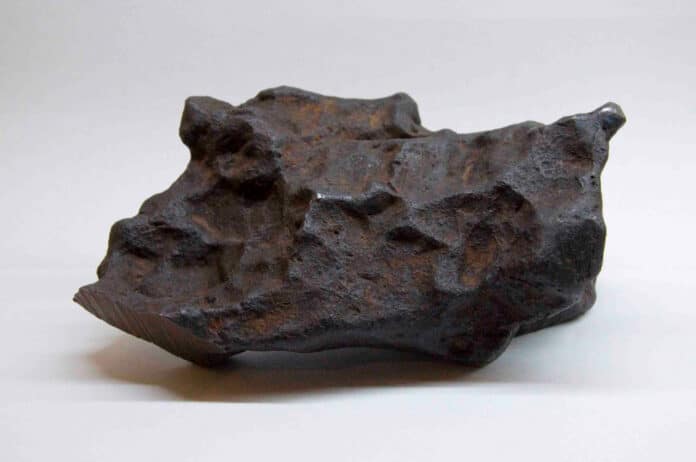
By Amit Malewar 21 Jun, 2024
Collected at: https://www.techexplorist.com/our-infant-solar-system-have-been-doughnut-shaped/85406/
Approximately 4.5 billion years in the past, our solar system existed as a mass of gas and dust orbiting the sun. Over time, the gas began to condense and combine with dust, leading to the formation of asteroids and planets. What was the appearance and structure of this celestial birthplace, referred to as a protoplanetary disk?
Although astronomers can use telescopes to observe protoplanetary disks in distant solar systems, it is impossible to visualize what ours might have looked like when it was in its early stages – only an extraterrestrial being located billions of light years away would be able to witness how it once appeared.
Fortunately, space has left behind some clues – remnants of early solar system objects that fell through Earth’s atmosphere, known as meteorites. The composition of meteorites reveals tales of the birth of the solar system, but these tales often generate more questions than answers.
A group of planetary scientists from UCLA and Johns Hopkins University Applied Physics Laboratory has now revealed that refractory metals, such as iridium and platinum, which form at high temperatures, were more prevalent in meteorites created in the outer disk, which was cold and distant from the sun.
These metals are expected to have formed near the sun, where temperatures were much higher. Was there a means by which these metals were transported from the inner disk to the outer one?
The majority of meteorites formed during the initial few million years of solar system history. Some meteorites, known as chondrites, consist of unaltered combinations of grains and dust remaining from the formation of planets. Other meteorites underwent sufficient heat to melt during the creation of their parent asteroids. As these asteroids melted, the silicate part and the metallic part separated due to their difference in density, analogous to the immiscibility of water and oil.
Currently, most asteroids are situated in a dense belt between Mars and Jupiter. Scientists believe that the gravitational pull of Jupiter disrupted the trajectory of these asteroids, leading to many collisions and fragmentations. When fragments of these asteroids descend to Earth and are retrieved, they are referred to as meteorites.
Iron meteorites originate from the metallic cores of the earliest asteroids, making them older than any other rocks or celestial objects in our solar system. Molybdenum isotopes found in the irons indicate various locations across the protoplanetary disk where these meteorites formed, providing valuable insights into the chemical composition of the disk during its early stages.

Previous studies utilizing the Atacama Large Millimeter/submillimeter Array in Chile have identified numerous disks resembling concentric rings around other stars, resembling a dartboard. These planetary disks, including HL Tau, feature rings separated by physical gaps, precluding the possibility of transporting these refractory metals from the inner disk to the outer regions.
The latest research suggests that initially, our solar disk probably didn’t have a ring-like structure. Instead, our planetary disk resembled a doughnut, and asteroids containing iridium and platinum-rich metal grains moved to the outer disk as it expanded quickly.
However, this presented another mystery for the researchers. Following the expansion of the disk, gravity should have drawn these metals back towards the sun. Nevertheless, this did not occur.
“Once Jupiter formed, it very likely opened a physical gap that trapped the iridium and platinum metals in the outer disk and prevented them from falling into the sun,” said first author Bidong Zhang, a UCLA planetary scientist. “These metals were later incorporated into asteroids that formed in the outer disk. This explains why meteorites formed in the outer disk – carbonaceous chondrites and carbonaceous-type iron meteorites – have much higher iridium and platinum contents than their inner-disk peers.”
“Iron meteorites are hidden gems. The more we learn about iron meteorites, the more they unravel the mystery of our solar system’s birth,” Zhang said.
Journal reference:
- Bidong Zhang, Nancy L. Chabot, and Alan E. Rubin. Compositions of iron-meteorite parent bodies constrain the structure of the protoplanetary disk. Proceedings of the National Academy of Sciences, 2024; DOI: 10.1073/pnas.2306995121

Leave a Reply